Back in Baroque days there was a lot of bowing, and it wasn’t even called bowing, it was called ‘a reverence.’
How to Reverence
In “Rules for Dancing” (or Nobilta di Dame) written by Fabritio Caroso in 1600, we are rather charmingly instructed on how to Reverence…
D: Wence comes this term “Reverence”?
M: This term derives from ‘to revere,’ since by humbling your body a bit, drawing back your left foot [and] bending your knees a little, you revere that person towards whom you make a Reverence…
D: In doffing your bonnet, you must use your right hand since it is nobler than your left… [therefore] Which foot should it be done – with your right foot, or with your left?
M: You should make a reverence with your left foot for the following reasons. First your right foot provides strength and stability for your body… The second is that you honor that individual who is close to your heart and toward whom you wish to make a Reverence, and since your left foot is the limb corresponding to the side wherein your heart lies, you should always make it with your left foot.
How to Bow
Workshop of Peter Paul Rubens (Flemish, 1577 – 1640)
David Meeting Abigail, about 1620s, Oil on canvas
123.2 × 228 cm (48 1/2 × 89 3/4 in.), 73.PA.68
The J. Paul Getty Museum, Los Angeles
These days there’s not so much call for a good bow (or a curtsey) in Western culture (although in Japanese culture there’s loads of it). However, should you find yourself in the recent shoes of our Prime Minister (ScoMo in case he’s gone by next week) and be meeting a royal, Debrett’s have been advising humankind on etiquette since 1796. Their sage advice for the modern curtsy and bow is as follows…
Curtsey
To curtsey, a woman should briefly bend the knees with one foot forward. The move should create a distinct bobbing movement, with the upper body kept straight and should be repeated when the member of the Royal family leaves.
Bow
For men, greeting a Royal requires the same deference, but less movement. A bow should be made by bending from the neck or shoulders but not the waist. Men should also briefly lower their eyes during their greeting, and bow again when the Royal family member leaves.



